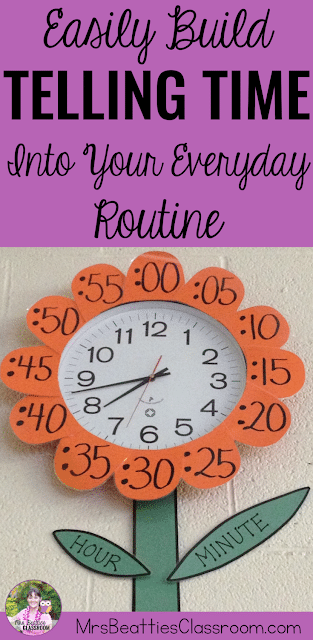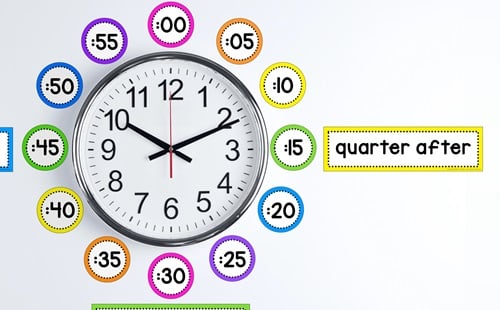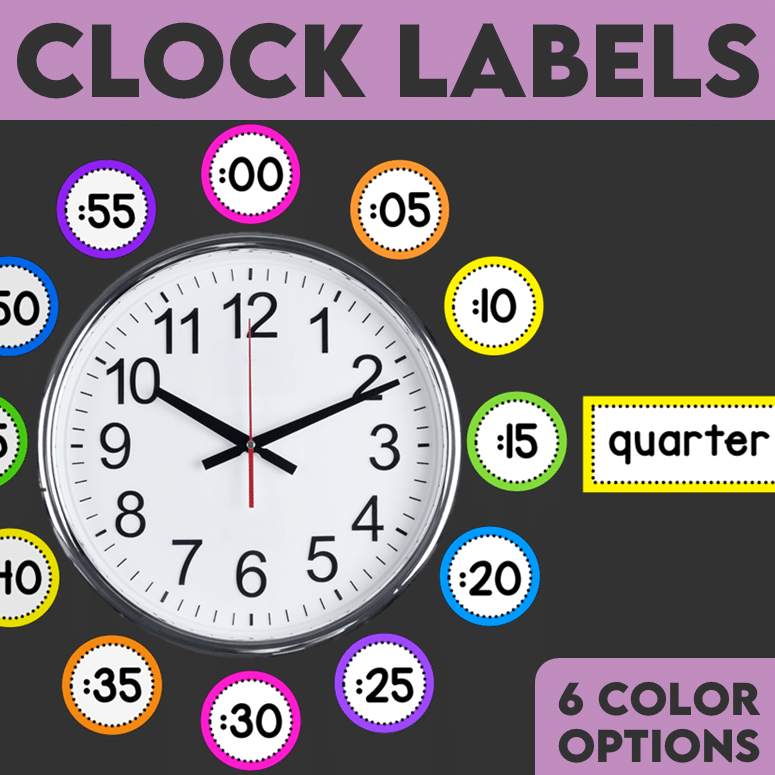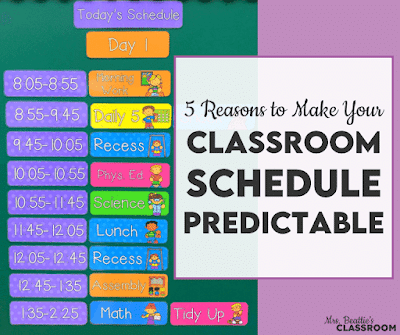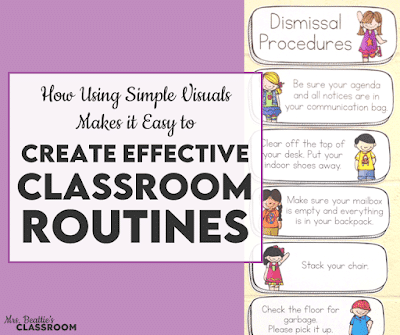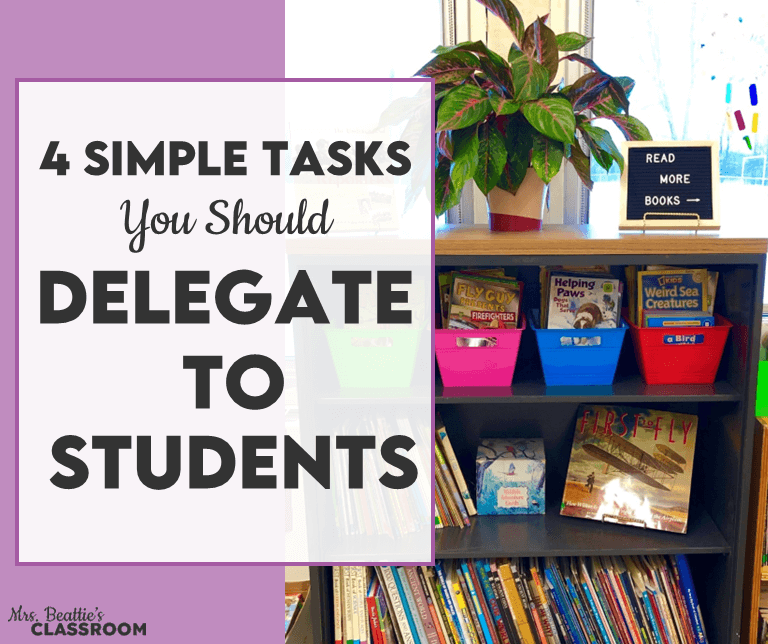Telling time can be a difficult skill to teach in isolation. In my experience, it can easily be made part of your regular daily routines and discussions throughout the year, and your students will find far more success with this authentic practice. This post contains my suggestions for how to build telling time into your everyday routine.
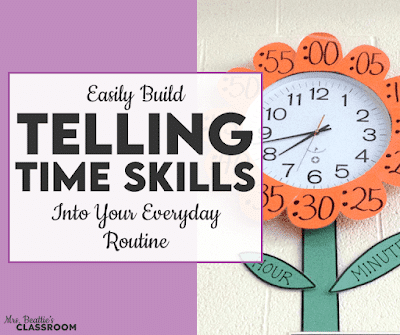
In my classroom, I have labeled my clock. These labels have evolved over the years, from the flower you see in the image above to something a little more condensed when I changed classrooms and had a little less space. The labels show the minutes and language of the hour, quarter, and half hours. Having this visible daily allows your students to tackle time skills whenever they feel inspired, rather than only thinking about this during your lessons.
Secondly, by posting transition times near your clock where students will see them and by using time language in your classroom, you can help your students develop their ability to recognize analog time easily.
For example, rather than saying, “Time for recess, boys and girls!” you can say, “Look at the clock. It is now 9:40. In five minutes, it will be recess!”
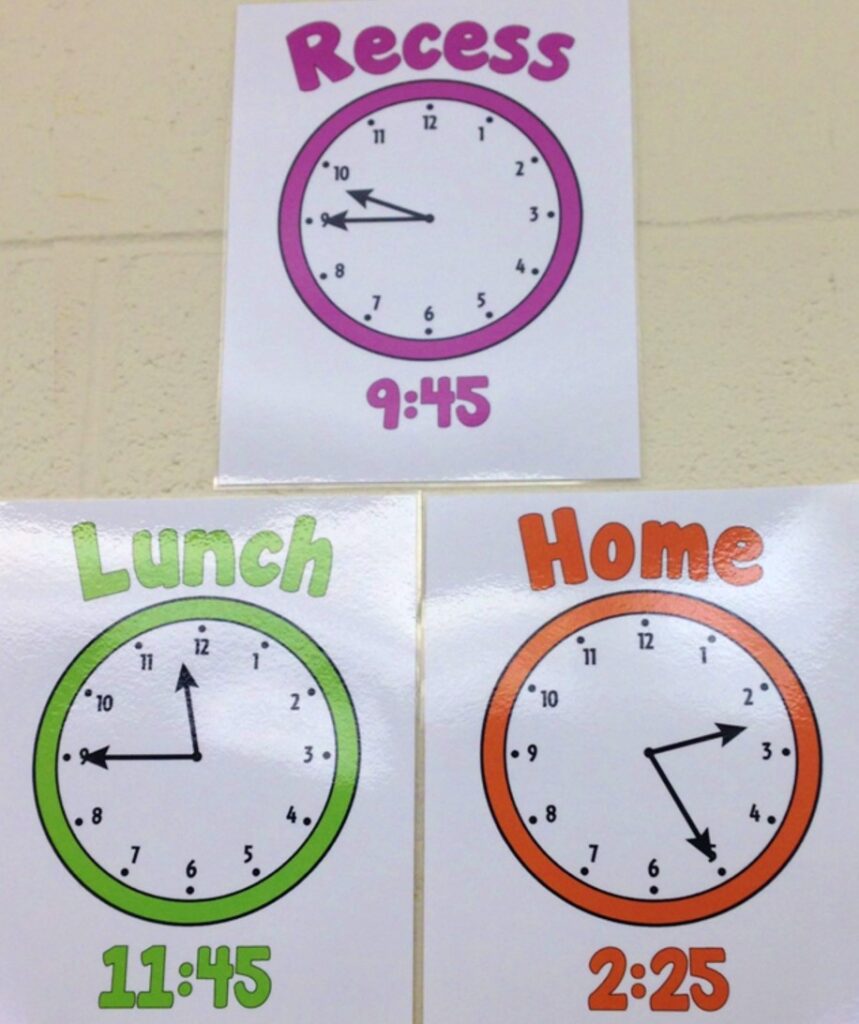
Having these significant times posted gives students a reference to use throughout the day, and I have to say it has helped with my classroom’s learning curve!
Grab my neon clock labels by clicking the image below, or grab them as part of a huge BUNDLE of neon decor!
You might also be interested in the tips I share in these blog posts:
Pin this post for easy access next school year:
